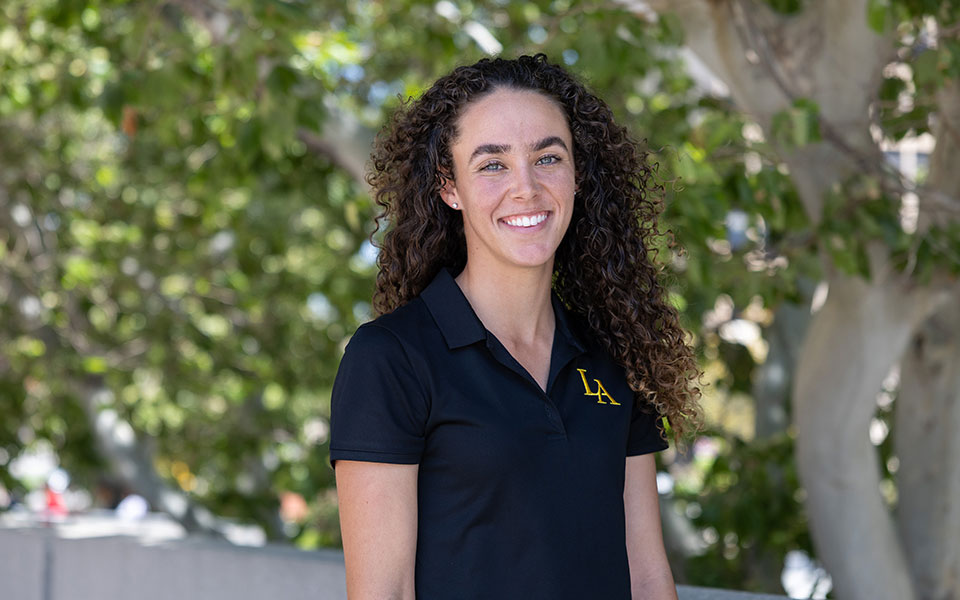A new poll released today by the Department of Public Health at California State University, Los Angeles found that 30 percent of students in the California State University (CSU) system may be uninsured and that the primary reason for being uninsured is the high cost of insurance.
The poll was conducted at three CSU campuses (Fresno, Los Angeles, and San Jose) as part of the CSU Health Insurance Education Project (HIEP). Current enrollment in the CSU is 437,000. With 23 campuses, the CSU is the largest and most diverse university system in the country.
HIEP is housed at Cal State L.A. with the support of the Office of the Chancellor. The goal of the project is to educate students in the CSU system about their new insurance options under the Affordable Care Act (ACA). The project is funded by a grant from Covered California, the state agency tasked with implementing the ACA in California.
Almost 80 percent of the students reporting themselves as uninsured responded that they did not have insurance because they could not afford it, while only 7 percent reported that they “did not think they need it” and only 2 percent reported that they “did not want it.” Four percent reported that they want it but had been rejected.
All the students polled were asked which point of view they agreed with most. Seventy-three percent responded that they should have insurance to make sure they have “access to care if I need it.” Another 19 percent chose the viewpoint that having insurance was the “responsible thing to do.” Only about 5 percent said “I don’t think I will need it” or “I can always go to a clinic or public hospital.”
According to Walter Zelman, the department chair and director of the education project at Cal State L.A., these results indicate little support for the widely-touted theory that many students think they are “invincible” and thus feel they don’t need insurance.
“Most students may be in good health, and when compared to older individuals, insurance may not be high on their priority list. But, they know they need it. They just have not been able to afford it. This is not about invincibility; it is about affordability,” he said.
The poll results also demonstrate a strong connection between access to health insurance and income. Students with lower incomes are far more likely to be uninsured.
About 59 percent of all dependent students reported family incomes of less than $50,000. Among dependent students who are uninsured, that figure was 82 percent. Fifty-eight percent of financially independent students reported incomes of less than $15,000. Among financially independent students who are uninsured, that figure was 80 percent.
The link between access and affordability can also be seen in results denoting what students were willing to pay for insurance. That amount is far below the actual cost of the insurance in the pre-ACA marketplace.
Seventy-three percent of all students and 85 percent of uninsured students reported that the most they would be willing to pay for health insurance, per month, was $100 or less (the lowest option listed in the poll). Insurance costs posted on the Covered California website for the central Los Angeles area show that even the lowest-price Bronze plan costs $154 per month, before government subsidies, which is at least 1.5 times what students report is the maximum they would be willing to pay each month.
“Given what we know of the relationship between income and insurance status, it should be no surprise that the number of uninsured students in the CSU system is as high as it is,” Zelman noted.
Based on CSU financial data, approximately 35-40 percent of CSU students (2011-12 data) and many family members may be eligible for Medi-Cal. Also, approximately 70-75 percent of CSU students live in households with incomes of less than 400 percent of poverty—the cut-off point for government financial assistance in the purchase of insurance. (Note: Those with access to affordable employer-sponsored insurance are not eligible for government subsidies in Covered California).
Fortunately, Zelman said, several key provisions of the ACA will make insurance far more affordable to CSU students and their families.
- The expansion of Medicaid (Medi-Cal in California) to include low-income, childless adults. This provision will open Medi-Cal to thousands of CSU students who are low-income and do not have children.
- The generous financial assistance to lower-income individuals who purchase insurance through Covered California. For many CSU students and families, health insurance will be discounted as much as 90 percent.
- The provision allowing young adults to stay on their parent’s insurance policies until they are 26. More than 80 percent of CSU students are 25 or younger.
Zelman said that the most important message of the poll is that many students should be willing to purchase insurance once they understand more about it, what they will be getting, and at what cost.
“They know they need it and the once unaffordable should now be affordable,” he said. “Our greatest challenge is getting their attention. Between school, work, family obligations and a modest amount of leisure time, they have many things demanding their attention. Once we have that attention, most should see the value in getting insured.”
For more information about enrollment in health insurance, go to http://www.calstate.edu/coveredca/.





